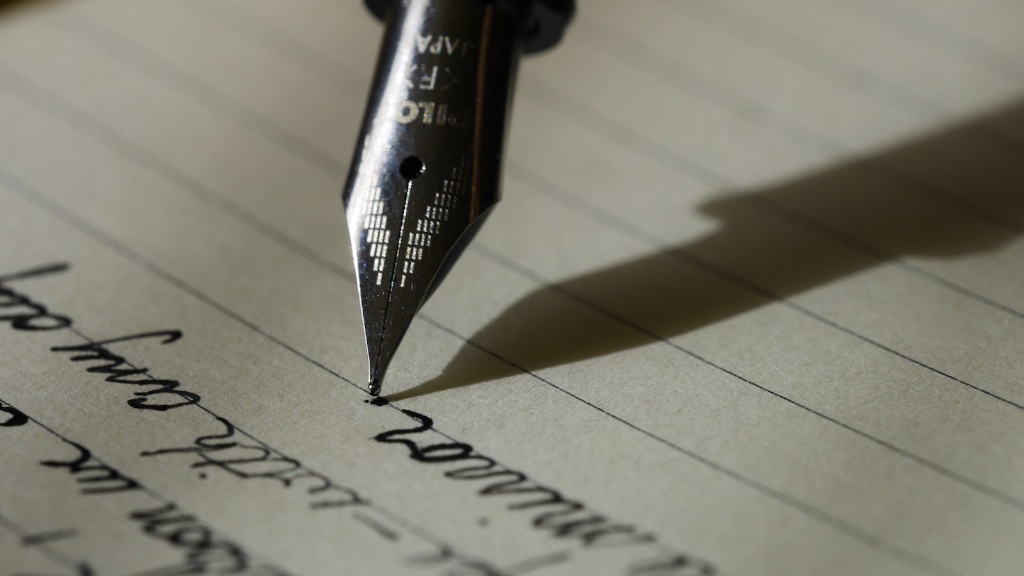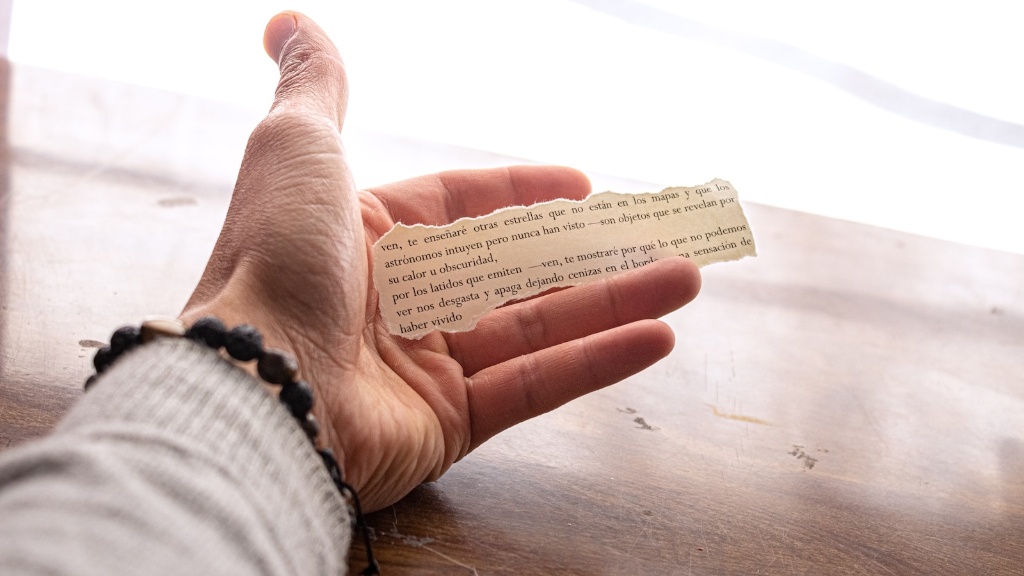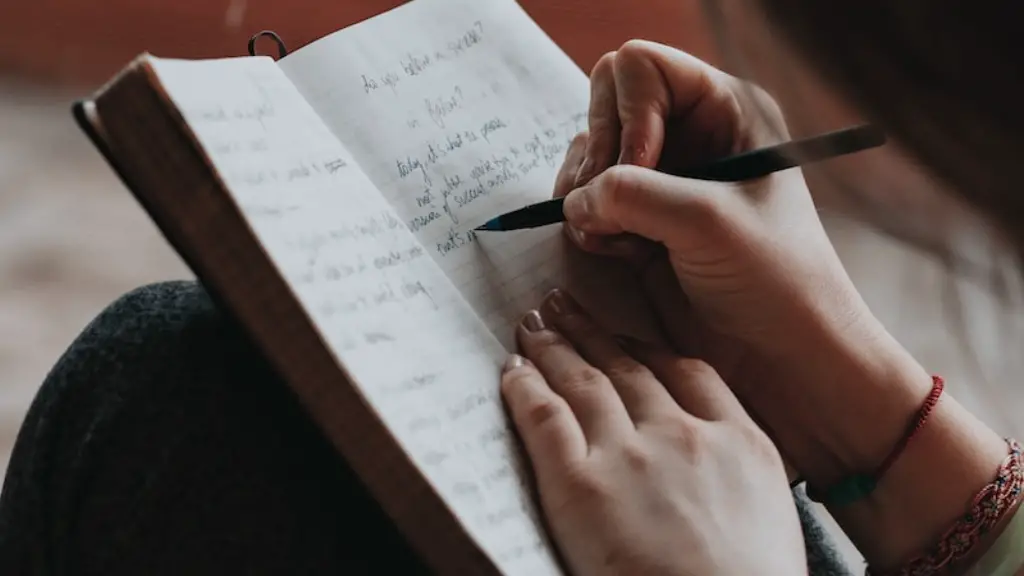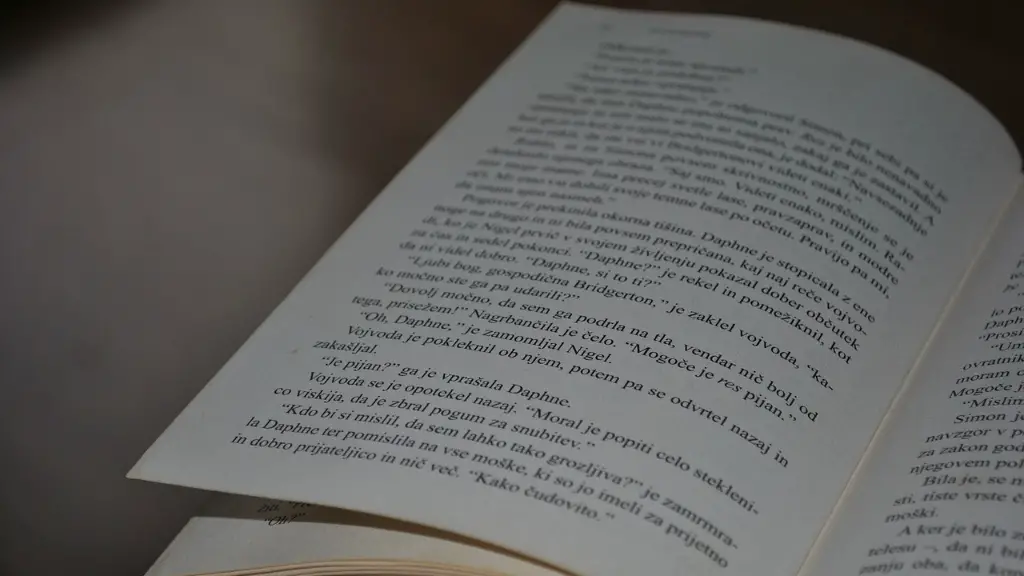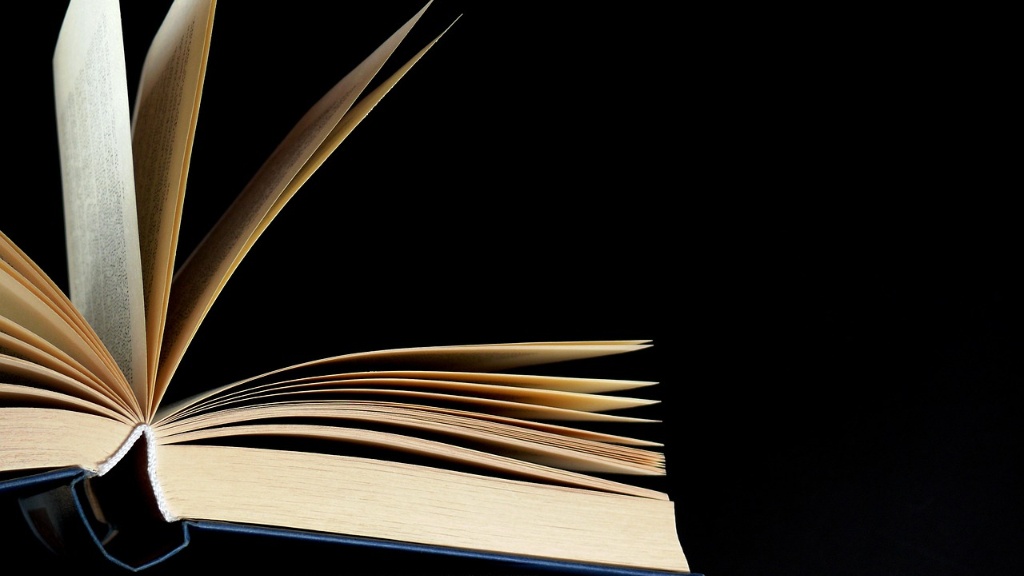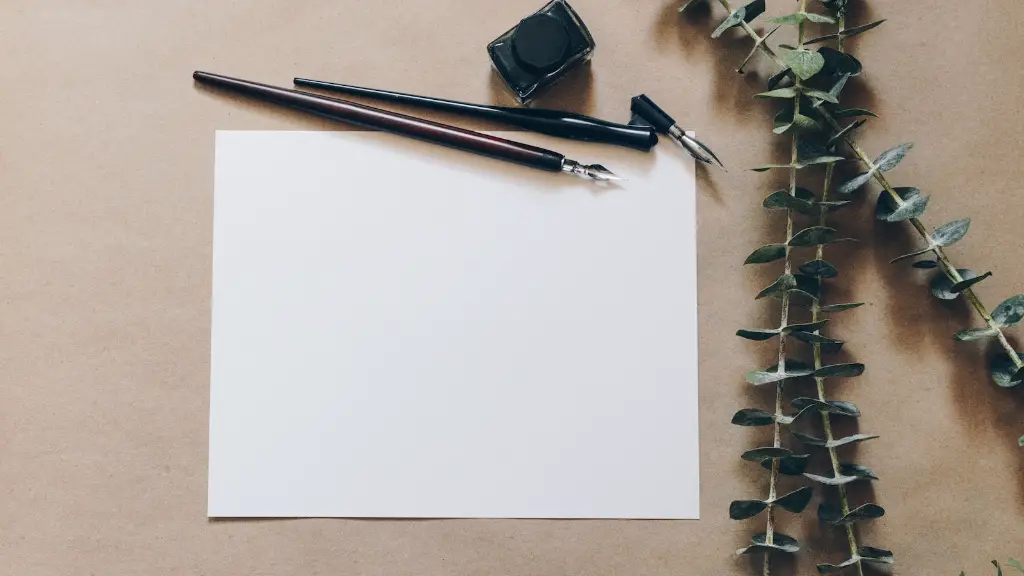Writing poetry is an art form that encapsulates emotions and experiences in ways that are both accessible and deep. Poetry is often seen as a difficult form of writing to understand, but every individual’s experiences can be seen in the poetry of others. Not knowing what to write about is one of the greatest challenges many poets face, but this article can help alleviate the writer’s block.
To begin with, writing about oneself is a good way for any poet to find a starting point. All experiences, even mundane ones, can become poetic and it does not need to be overly dramatic or tragic. A poem can be written about life’s reflections, whether it be the mundane or extraordinary. It is also possible to write poetry about events or moments around the world, such as natural disasters, injustices, and many other occurrences. Writing with an emotional connection or a strong message can be a powerful and inspirational way to get an idea out into the world. In addition, writing about figures in history or characters in literature can add new perspectives on the writing and give it an additional layer of complexity.
It is also possible to write poetry about nature, particularly an environment or environment changes. Poetry is an effective way to call attention to the nuances around us that are often overlooked, or to the moments or landscapes that inspire or spark reflection. Furthermore, writers can choose to use magical realism to explore life and the magical, surreal moments that we too often forget are possibilities. Writing about love, relationships, hurt, forgiveness, and other emotional roller coasters can be another great source of poetic inspiration.
Poetry does not always need to be serious; it can be humorous, full of anecdotes, and stories. The use of literary devices, such as similes and metaphors, can enhance the power of what is written and give the piece a greater depth and complexity. Furthermore, the use of symbolism and imagery can create an image in the readers mind that can in turn elicit an emotional response. In addition, art can be combined with poetry to communicate one’s message in a more visual way.
Lastly, writing inspired by music and lyricism can be a great way to create a story through words. Alliteration and other sorts of word play can be used to give the poem character and shape the way a reader hears the words. Additionally, writing based off of folklore and myths can be an effective way to explore topics such as identity and the concept of self.
The Power of Perspective
Perspective is a powerful tool that can be used to enhance poetry in order to convey a certain message or emotion. By taking a unique, individualized, or uncommon viewpoint, the poem can stand out amongst the crowd and draw attention to the idea the writer is discussing. Furthermore, the use of contrasting perspectives can be effective to highlight a certain issue or idea that the poet would like to get across.
Additionally, exploring perspectives of others provides opportunities for readers to gain insight and understanding about issues that vary from their own. By relating to characters, narratives, or situations through another person’s point of view, readers can expand their boundaries and engage with a topic in a more meaningful way. Poetry also encourages people to reflect on their own thoughts, feelings, and experiences and may even give them a new perspective to consider.
The Voice of the Poem
A poem’s “voice” is defined as the attitude of the writer towards the subject they are discussing. This voice can help shape the content, tone, and emotion of a poem. A poem can take on multiple voices, such as a first person narrative or a tone of distant observation. The use of certain words, phrases, and techniques can be used to emphasize a certain tone or message that the poet wishes to communicate to their audience.
The ability to write from a variety of voices is an important skill for poets to practice as it allows them to explore topics in different ways and gain insight into different perspectives. This variety in voice also allows readers to be engaged in the poem and to understand the poet’s point of view.
The Magic of Writing Process
The process of writing poetry can be a deeply emotive and healing experience for those who practice it regularly. Writing poetry can be used to express thoughts and feelings that one may not be able to put into words in any other form. It can be comforting to know that words can be used to express pain, grief, love, joy, and all enriching feelings and experiences we encounter in our lives.
Writing also gives individuals space to process their emotions. By taking the time to put thoughts and feelings into words, individuals can gain insight into themselves and gain clarity about their experiences and relationships. Furthermore, writing can provide a safe and healing environment for people to explore their thoughts and feelings.
The Craft of Poetry
Writing poetry requires skill and dedication in order to create poems that are both emotionally powerful and evocative. Different shapes, structures, and forms of writing can be used to bring life to words. Writing with different punctuations such as dashes and ellipses can also be very effective in creating tones and emotions. Additionally, using irregular and unpredictable line breaks can create tension and anticipation, as readers have to follow the writer’s voice.
Poets who invest in their craft will discover fresh, creative, and innovative ways to communicate their message and feelings. Writing poetry can be a powerful way to share stories and feelings for any poet of any level.
The Sculpting of Ideas
Sculpting ideas for poems can be done in many ways and can be an effective tool for getting started when inspiration does not seem to come. Finding different and unusual ways to frame concepts and ideas can give poems an edge and a uniqueness from other pieces. Writing exercises, such as freewriting, can be effective to get the creative juices flowing. Additionally, poetry “prompts”, which are provided by many poets and editors, can be helpful when coming up with inspiration.
Visual art can also be a source of inspiration and ideas for poetry. Many poems follow the same structures and rules that can also be found in a painting or photo. Music and theatre can also be an interesting source to dive into for new ideas. By bringing together unique elements from these different art forms, poets can create something truly unique.
The Power of Language
Using language to communicate one’s thoughts and feelings can be a powerful tool in creating poetry. By employing the use of figurative language and abstract concepts, poets can create a more dynamic, complex piece. Ascertaining the right words to convey the concepts accurately is important, as the words carry a certain power that can either convey the intended emotion with great efficacy or make the writing too abstract and difficult to comprehend.
At the same time, however, language can be used to create a piece of art that dances between the literal and the metaphorical. The use of allegories and metaphors can be used to create a depth of understanding beyond what is initially stated in the text. When language is used to create these multi-layered layers of meaning, the poem becomes a more dynamic and insightful experience for the reader.
The use of Sound and Space
The way in which a poem is read aloud can completely change the meaning and emotion of the piece. The sounds of words and the way sentences are constructed can be used to create a certain rhythm and captivating melody. This does not mean that all words need to fit into certain a certain cadence, as breaking the usual pattern of sound can also be effective to showcase a certain feeling or emotion. Additionally, the use of pauses and alliterations can help with linguistic flow and the rhythm of the poem, creating layers of complexity and artistry.
The layout of a poem on the page can also be important in conveying the poem’s message or emotion. When text is laid out in unexpected ways, it can draw attention to certain words and concepts, creating an interesting visual experience that readers can appreciate. As with sound, creating unexpected layouts can enforce a certain message or emotion that the author wishes to convey.
The Impact of a Good Poem
The impact a good poem can have on the reader can be great. Poetry can evoke a range of emotions and provide readers with a level of comfort or understanding of the world that they did not have before they read the poem. Whether it is the intricate layering of words, the reflection of one’s own experiences, or an insight into another person’s world, readers can gain something meaningful from a good poem.Poetry can be used to express the emotions that one may be unable to express in any other form. Writers can find solace in putting their thoughts and feelings into words and readers may even feel a certain familiarity to the words, as if they were meant for them. In this way, poetry can be a powerful tool to express one’s feelings and to connect with others.
